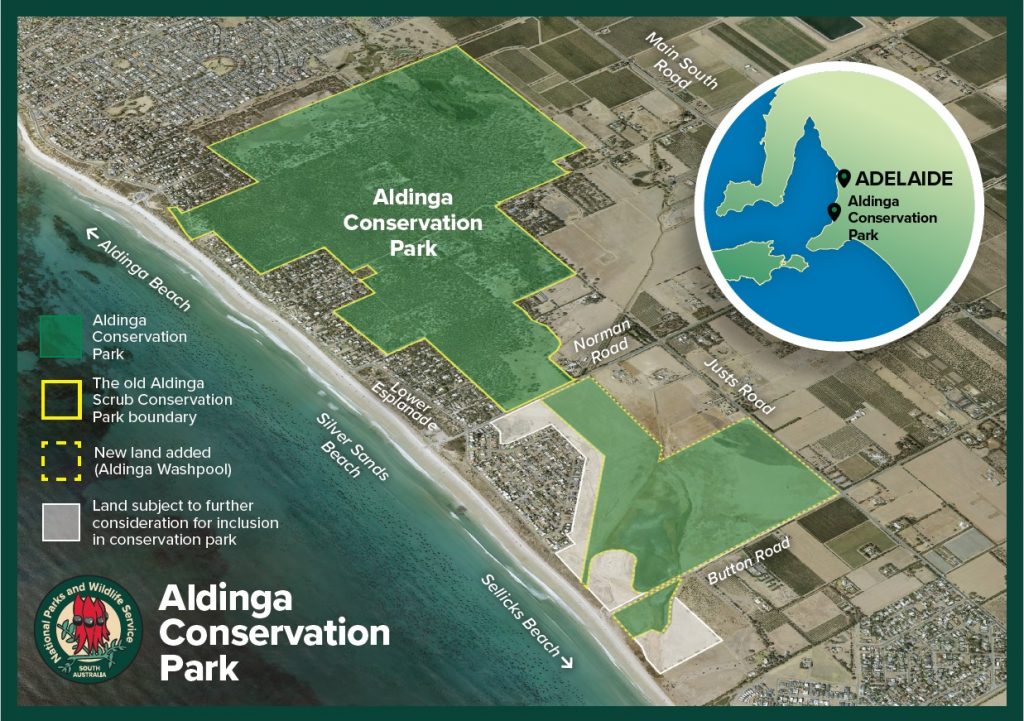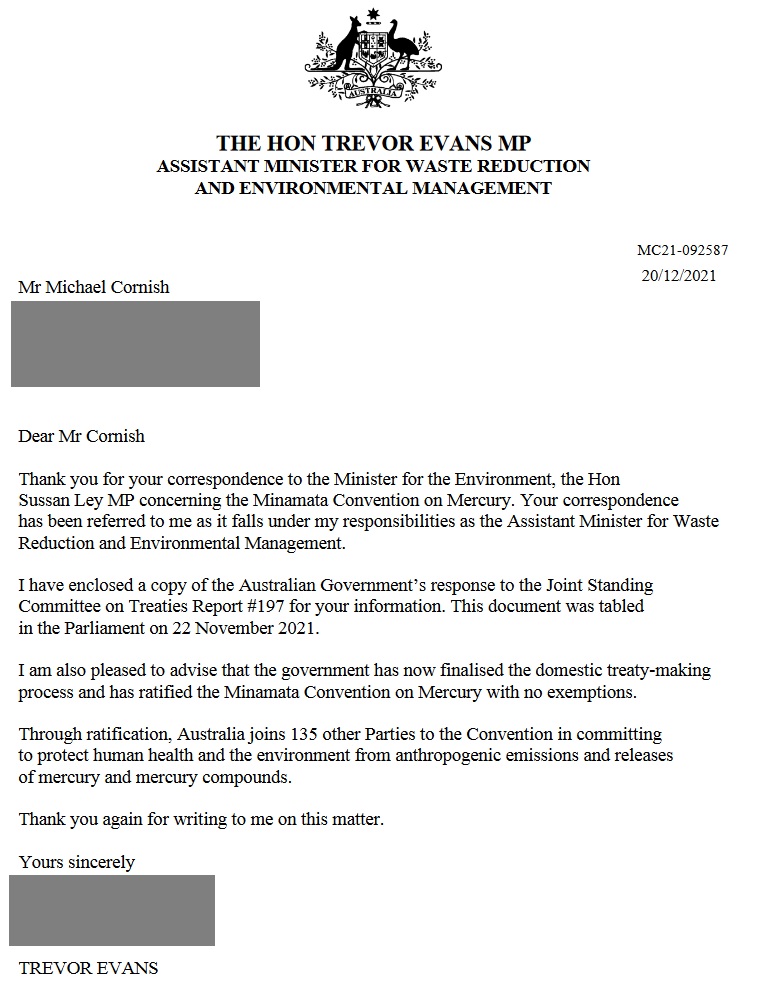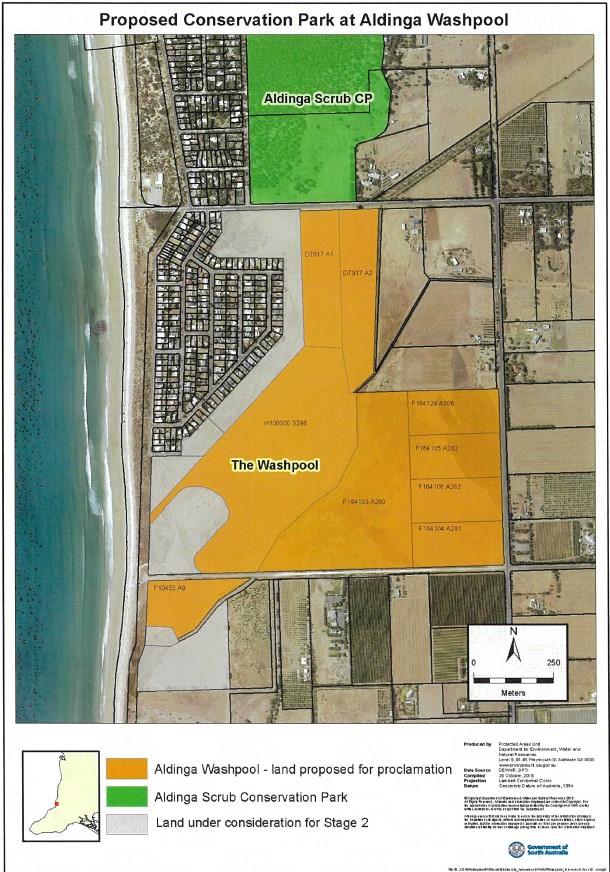The Aldinga Washpool, one of Adelaide’s last remaining coastal freshwater and estuarine lagoon systems, has now been combined with the adjacent Aldinga Scrub Conservation Park to create the state’s newest conservation park.
Premier Steven Marshall said the proclamation was a significant milestone for the local community and supporters.
“By combining the Aldinga Washpool land with the nearby Aldinga Scrub Conservation Park it’s created a fantastic new ecological and cultural haven just south of Adelaide,” Premier Marshall said.
“This adds to my government’s commitment to protect our state’s natural environment by doubling the area covered by national parks, investing record levels of funding to improve conservation, increase visitor numbers and boost our regional economies.
“Importantly the Aldinga Washpool site is of considerable spiritual and cultural significance to the Kaurna people who today maintain their connection with Country.”
Minister for Environment and Water David Speirs said the local community had long advocated for better protection of the site.
“In 2018, an Aldinga Washpool Working Group was established, and we have been working closely with this group to ensure the land’s environmental and cultural values are protected and restored,” Minister Speirs said.
“For years the future of the Aldinga Washpool was under threat so it’s incredibly pleasing for the local community to be able to see this important site saved for future generations.
“This further adds to our record expansion of area protected in South Australia, which has seen us increase the number of national parks across the state from 21 to 29 and double the area protected from approximately 3.90 million hectares to just over 7.9 million hectares.
“This record expansion is backed up by the biggest ever government investment in parks to boost conservation as well as improve our standing as a world-class eco-tourism destination
“Adelaide has been recognised as the third most liveable city in the world and it was recently named as the second-ever National Park City and our record expansion of parks and green space will only enhance this reputation.”
The Aldinga Washpool includes valuable habitat for at least 79 native species, including three bird species of national conservation significance. It is also home to swamp plants of conservation significance including threatened coastal saltmarsh.
Prior to European settlement, the Aldinga Washpool was an important place for curing and drying possum skins by the Kaurna people. It is also a significant site as part of the Tjilbruke Dreaming Trail and contains registered sites under the Aboriginal Heritage Act 1988 (SA).
The land being added to the state reserves system in this proclamation includes a combination of land previously transferred from SA Water, the Coast Protection Board and the City of Onkaparinga.
The Department for Environment and Water, SA Water, Green Adelaide, City of Onkaparinga and other working group members have been working on flood mitigation, stormwater management, weed control, revegetation plans, water quality and protection of Aboriginal cultural heritage.
The proclamation of the Aldinga Conservation Park adds to the eight national parks created since 2018 including Glenthorne National Park, Hindmarsh Valley National Park, Munga-Thirri–Simpson Desert National Park, Nilpena Ediacara National Park, Wapma Thura – Southern Flinders Ranges National Park, Lake Frome National Park, Cleland National Park and Deep Creek National Park.
New map from the National Parks and Wildlife Service SA (also at: https://www.parks.sa.gov.au/park-management/aldinga-conservation-park)




